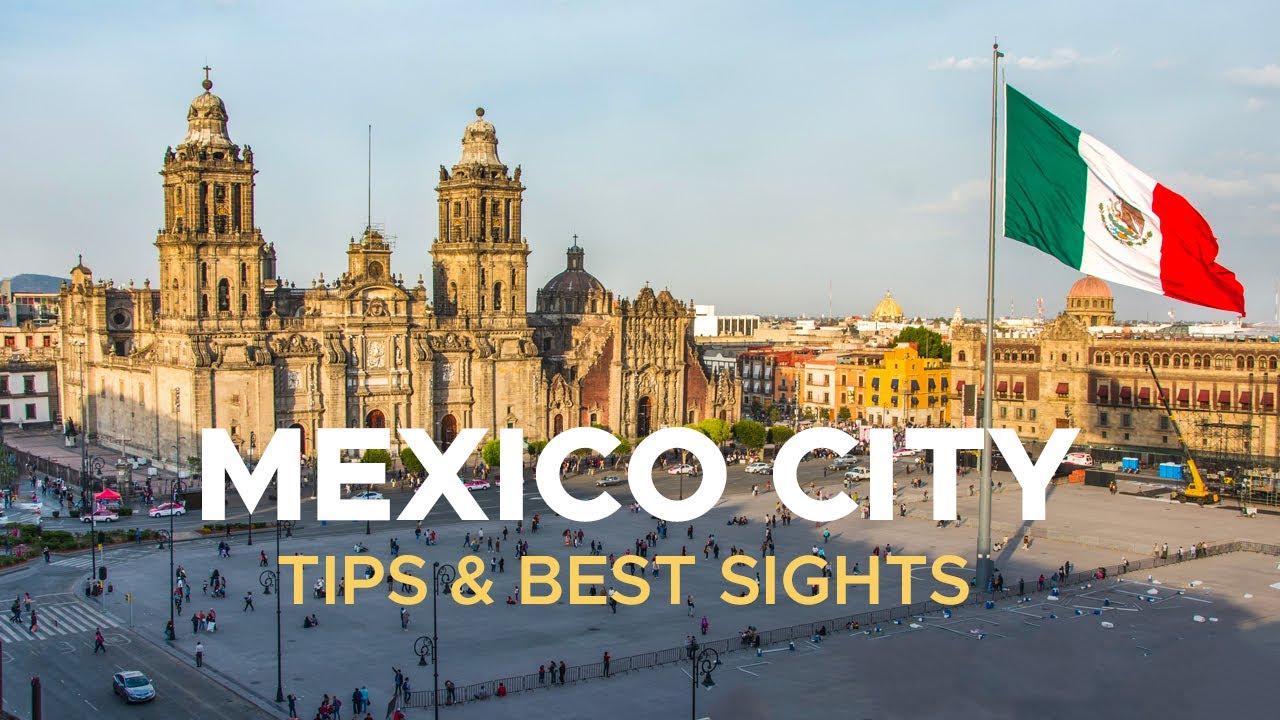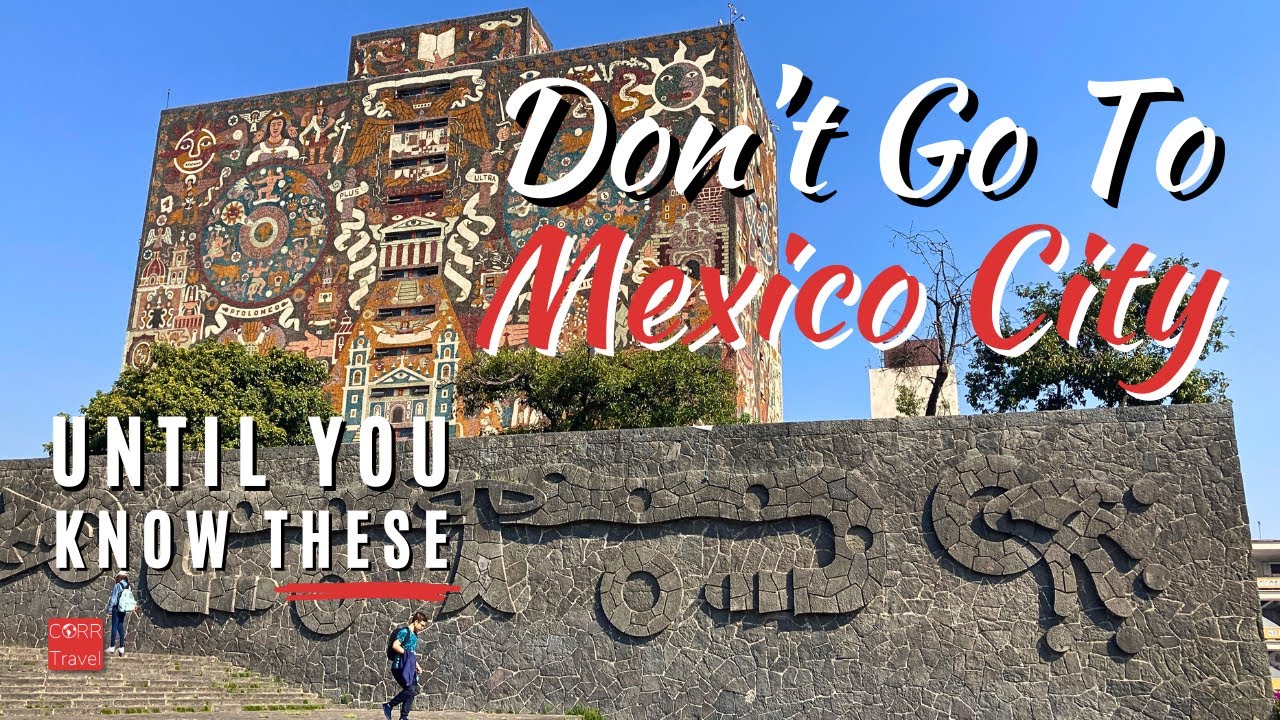Unearthing the Historical Significance of Mexico City’s Ancient Waterways
Mexico City, the bustling capital of Mexico, carries an astonishing historical legacy deeply intertwined with its ancient waterways. These intricate systems of canals, lakes, and aqueducts have played a pivotal role in shaping the city’s development, both culturally and economically. The ancient Aztecs, who originally settled in the region, ingeniously engineered these waterways, creating a thriving city in the midst of a lake.
The Aztec capital, Tenochtitlán, was established in 1325 on an island in Lake Texcoco. The Aztecs constructed a network of canals throughout the city for transportation, irrigation, and even waste disposal. This intricate system allowed the city to flourish, becoming one of the most populous and sophisticated cities in the world during the 15th century.
The Chinampas System
One of the most significant aspects of Mexico City’s ancient waterways is the Chinampas system. Also known as “floating gardens,” the Chinampas were artificial islands created on the shallow lake beds. These fertile plots were ideal for agriculture and significantly contributed to the city’s self-sustainability. This innovative farming method not only provided food for the burgeoning population but also played a crucial role in the city’s economic growth.
The Spanish Conquest and Transformation of Waterways
With the Spanish conquest in the 16th century, the city’s waterways underwent dramatic changes. The Spaniards, unfamiliar with the Aztec’s complex water management system, began draining the lakes and filling in the canals to make way for European-style streets and buildings. Despite these changes, remnants of the ancient waterways still exist today, particularly in the district of Xochimilco, where traditional ‘trajineras’ (flat-bottomed boats) glide through the surviving canals, offering a glimpse into the city’s rich past.
Exploring the Ancient Waterways of Mexico City: A Guide for 2025
Immerse yourself in the historical charm of Mexico City by exploring the ancient waterways that once crisscrossed this vibrant metropolis. As we step into 2025, the efforts to restore and preserve these waterways have intensified, offering a unique and fascinating perspective of the city’s rich past. The ancient Aztec canals, once the lifeblood of the city, are now popular tourist attractions, brimming with colorful boats, lush greenery, and bustling local markets.
The Floating Gardens of Xochimilco
At the top of the list is the UNESCO World Heritage Site, the Floating Gardens of Xochimilco. Known for its network of canals and artificial islands, or ‘chinampas’, this place is a living testament to the ingenuity of the ancient Aztec civilization. Embark on a traditional ‘trajinera’ boat ride, which takes you on a serene journey through these ancient waterways, allowing you to soak in the beauty of the vibrant flora and fauna that thrive here.
The Lake of Texcoco
Another notable mention is the Lake of Texcoco, once the largest of five lakes around the ancient city of Tenochtitlan, the present-day Mexico City. Although much of it is now dried up, the lake is undergoing restoration efforts to revive its historical significance. Visitors can explore the surrounding eco-park, which offers a glimpse into the area’s ecological past and its importance in the urban development of the city.
The Canal of Chalco
Finally, don’t miss the chance to visit the Canal of Chalco. This ancient canal, which once connected the lakes of Xochimilco and Chalco, is now a tranquil spot ideal for leisurely strolls and picnics. With its abundant birdlife and picturesque views, it offers a peaceful escape from the city’s hustle and bustle.
Rediscovering Mexico City in 2025: The Role of Ancient Waterways
In 2025, a shift towards eco-friendly urban planning has led to a resurgence of interest in Mexico City’s ancient waterways. Once a city of lakes and canals, these historic waterways have been largely ignored in the city’s modern development. However, they’re now being recognized as a valuable resource for sustainable city planning. These ancient systems, designed by the Aztecs, can provide a blueprint for managing the city’s water resources in a more sustainable and effective manner.
Revitalizing Ancient Waterways
Rediscovering Mexico City’s ancient waterways involves more than just understanding their historical significance. It’s about utilizing these water systems in a way that benefits the city’s infrastructure and the environment. For example, these ancient canals can be revitalized to manage stormwater and reduce flooding, a common problem in Mexico City. Furthermore, they can be integrated into the city’s parks and green spaces, improving the quality of life for residents and promoting biodiversity.
The Impact on Urban Planning
By 2025, the role of these ancient waterways in Mexico City’s urban planning has become increasingly evident. Planners are incorporating these water systems into their designs, creating a cityscape that harmonizes with its natural environment rather than working against it. This has led to the development of more sustainable buildings and public spaces, reducing the city’s carbon footprint and improving its resilience to climate change. Moreover, the integration of these waterways into the city’s infrastructure has also opened up new opportunities for tourism, providing visitors with a unique way to experience Mexico City’s rich history and culture.
Preserving Cultural Heritage
The rediscovery of Mexico City’s ancient waterways in 2025 has also played a key role in preserving and celebrating the city’s cultural heritage. These water systems, built by the Aztecs, are a testament to the city’s ancient past and its deep connection with the natural world. By revitalizing these waterways, Mexico City is not only tackling its modern-day environmental challenges but also paying tribute to its ancestors and their ingenious engineering skills.
The Impact of Mexico City’s Ancient Waterways on its Future in 2025
Understanding the impact of Mexico City’s ancient waterways on its future in 2025 requires a dive into the city’s history, where water played a pivotal role. The Aztecs, original inhabitants of Mexico City, built their capital, Tenochtitlan, on an island in Lake Texcoco. They created a sophisticated system of canals and waterways, which allowed for efficient transportation and irrigation. However, with the Spanish conquest, these waterways were drained and paved over, leading to the city’s current struggles with water scarcity and subsidence.
Reviving the Ancient Waterways
In recent years, efforts have been made to revive these ancient waterways to mitigate these issues. A project named Proyecto Lago de Texcoco aims to restore part of the ancient lake system, creating a vast green space that will help to control floods and store rainwater. This could greatly alleviate the city’s water problems and reduce the risk of subsidence, a process where the city is slowly sinking due to the over-extraction of groundwater.
Benefits and Challenges in 2025
By 2025, if the ancient waterways restoration projects are successful, Mexico City could reap significant benefits. The city could become a model for urban sustainability, showing how integrating ancient wisdom with modern technology can solve pressing environmental issues. However, the challenges are steep. The city is densely populated, and any restoration work needs to be done carefully to avoid displacing people and disrupting lives. Moreover, there is a need for substantial financial investment and political will to ensure the project’s success.
Reshaping the City’s Future
Nonetheless, the potential benefits of reviving Mexico City’s ancient waterways are too significant to ignore. They offer a unique solution to the city’s water crisis, and a chance to reshape its future into a more sustainable and resilient one. As we approach 2025, all eyes will be on Mexico City as it navigates these challenges and opportunities, potentially setting a precedent for other cities around the world grappling with similar issues.
The Connection Between Mexico City’s Modern Infrastructure and its Ancient Waterways in 2025
In 2025, Mexico City’s modern infrastructure has become intrinsically linked with its ancient waterways, creating a unique blend of old and new. The city’s vast network of canals, once the lifeblood of the Aztec capital, has been ingeniously integrated into the city’s urban design. This symbiosis not only preserves the city’s historical identity but also serves a practical purpose, contributing to flood control, water treatment, and transportation.
Revitalizing Ancient Canals for Modern Use
The city has taken bold steps to revitalize its ancient canals, transforming them into functional components of its modern infrastructure. By 2025, several of these canals have been repurposed as natural water treatment systems, helping to filter and purify the city’s water supply. Others have been incorporated into the city’s public transportation system, offering a sustainable and scenic alternative to road travel.
Water Management and Flood Control
One of the most significant connections between Mexico City’s modern infrastructure and its ancient waterways is seen in the area of water management and flood control. Using the city’s network of canals and lakes, authorities have developed an efficient system to manage rainfall and reduce the risk of flooding. By embracing its ancient waterways, Mexico City has been able to mitigate some of the challenges posed by its growing population and changing climate.
Preserving Historical Identity
Finally, the integration of ancient waterways into the city’s modern infrastructure has played a key role in preserving Mexico City’s historical identity. These ancient canals serve as living reminders of the city’s rich past, adding a unique cultural dimension to the urban landscape. By 2025, these waterways have become popular tourist attractions, contributing to the city’s economy while keeping its history alive.



